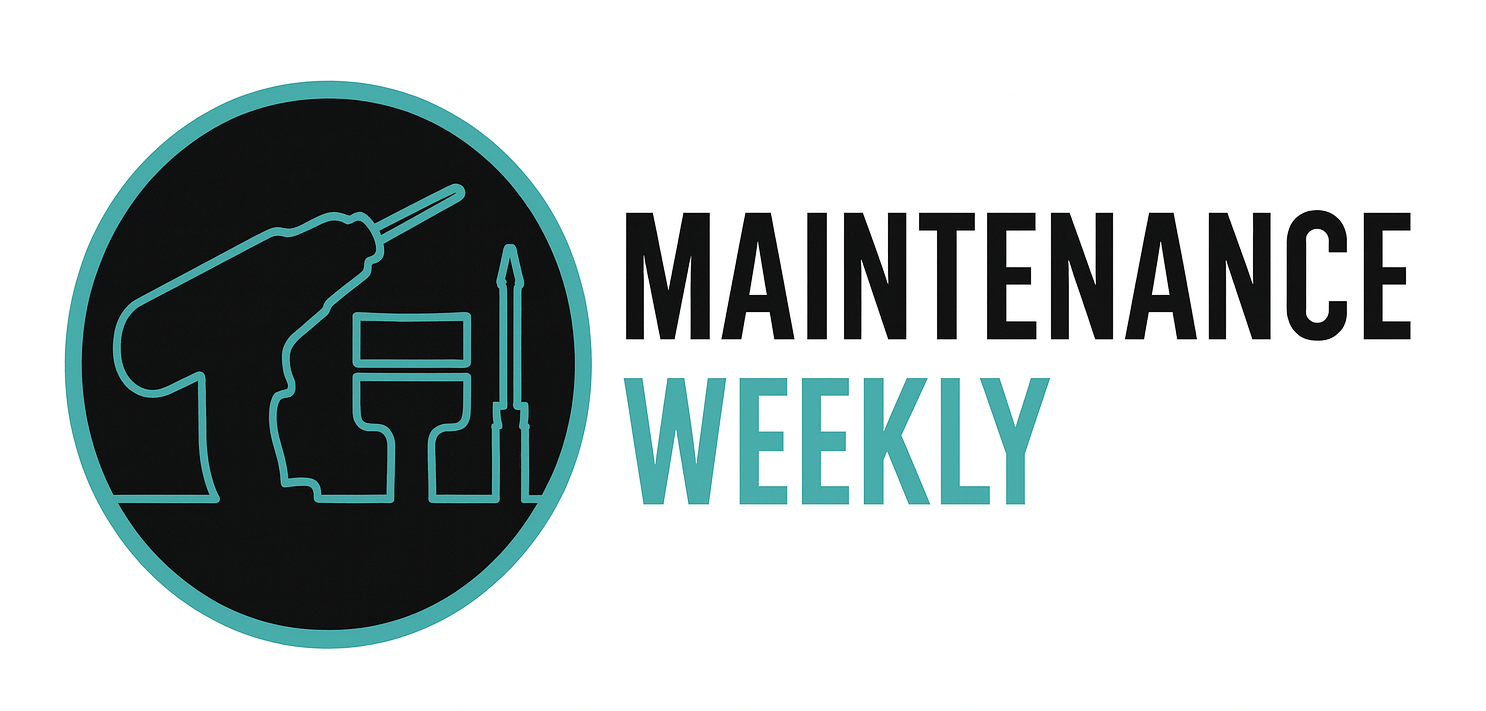Hospital Painter – Career Overview
A Hospital Painter is responsible for maintaining the aesthetic appeal and safety of a hospital by applying paint, finishes, and coatings to various surfaces within the facility. This includes painting walls, ceilings, doors, windows, and other hospital structures. The painter ensures that the hospital maintains a clean, professional appearance while meeting health and safety standards. Hospital painters must also be familiar with the unique demands of healthcare environments, such as infection control and the durability of paint finishes.
In healthcare settings, the hospital painter helps to maintain a pleasant and welcoming environment for patients and staff, ensuring that all painted areas meet regulatory and aesthetic standards.
Hospital Painters are responsible for:
● Preparing surfaces for painting, including cleaning, sanding, and priming walls, ceilings, and other surfaces.
● Applying paint to various surfaces in the hospital, including patient rooms, hallways, waiting areas, and offices.
● Ensuring compliance with safety standards, such as using non-toxic, non-allergenic paints and finishes that meet healthcare regulations.
● Touching up and repairing paint in high-traffic areas, ensuring that surfaces are maintained and free of chips or scratches.
● Cleaning painting tools and equipment after use and storing materials in a safe and organized manner.
● Following infection control guidelines to ensure that no harmful chemicals or particles are released during the painting process.
● Collaborating with hospital management to schedule painting tasks without disrupting hospital operations or patient care.
● Maintaining the aesthetic quality of the hospital's interior, ensuring that the hospital presents a clean, fresh, and welcoming environment.
A successful Hospital Painter should be:
● Skilled in painting techniques, including surface preparation, priming, and applying finishes.
● Knowledgeable about healthcare-specific requirements, including the use of non-toxic and durable paint products.
● Experienced in working in healthcare environments, understanding the importance of maintaining infection control and hygiene during painting tasks.
● Able to work efficiently and manage time to complete painting tasks without disrupting hospital services.
● Detail-oriented, ensuring that all painted surfaces are smooth, professional, and free from imperfections.
● Familiar with safety protocols, particularly in relation to hazardous chemicals or fumes that may be used in the painting process.
● Able to work independently or as part of a team, collaborating with other maintenance staff as needed.
Most Hospital Painters have:
● A high school diploma or GED, with training in painting techniques, surface preparation, and healthcare painting standards.
● On-the-job training or apprenticeships in commercial or residential painting, with specific training for healthcare environments.
● Certification in infection control and knowledge of non-toxic paints and materials for use in hospitals is often beneficial.
Hospital Painters work inside hospital buildings, including patient rooms, hallways, common areas, and other hospital facilities. The role requires physical labor, including lifting, bending, and using ladders to access high areas. Painters must ensure that their work does not interfere with hospital operations or patient care. They may work during off-hours or in sections of the hospital that are less frequented to minimize disruption.
The demand for Hospital Painters remains steady, as hospitals require continuous maintenance of their facilities to keep up with wear and tear. Painters can advance to supervisory roles or specialize in areas such as facility management or healthcare-specific renovations.
Source: CHATGPT
